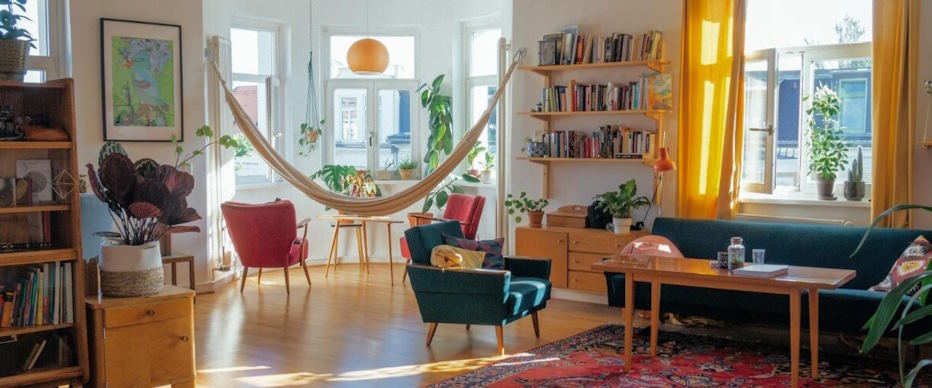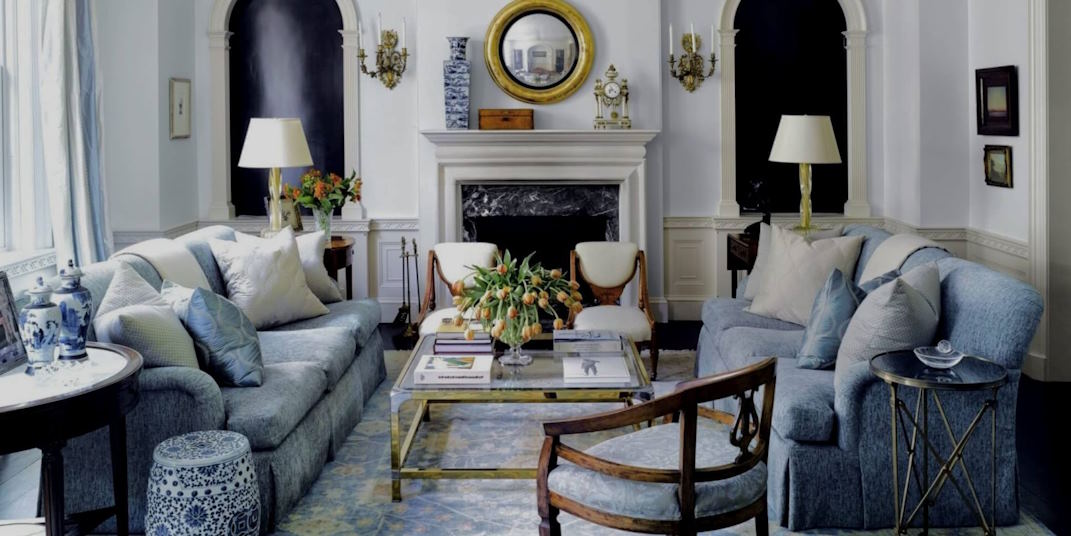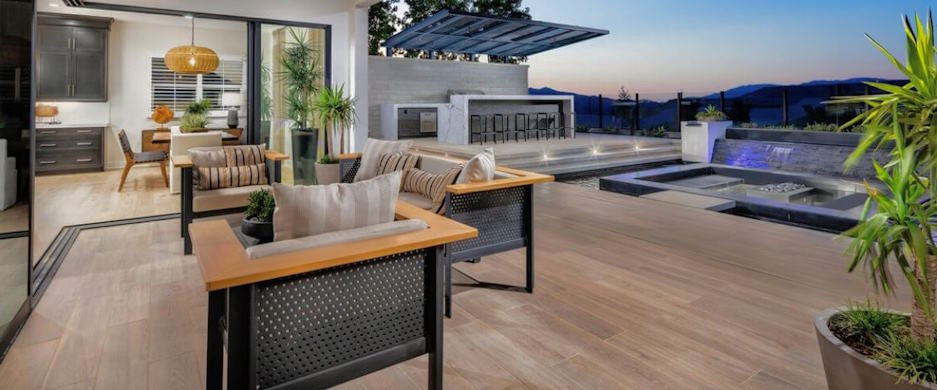German design is renowned for its sleek and minimalist architectural style combining functionality and aesthetic appeal. German homes exemplify clean lines, open spaces, and geometric forms, creating a sense of simplicity, elegance, and harmony. In this article, we will delve into the world of contemporary minimalism in German design, exploring the use of clean lines, open spaces, and geometric forms and highlighting the innovative techniques and materials used to create architectural marvels in Germany.
The Essence of Contemporary Minimalism in German Design
Clean Lines: German design emphasizes straight lines that create a sense of order and simplicity. The use of crisp edges and geometric shapes adds a touch of precision and modernity to the design.
Open Spaces: Open floor plans and spacious interiors are key features of German design. By removing unnecessary walls and barriers, German homes embrace a sense of freedom, allowing natural light to flow throughout the space.
Geometric Forms: Geometric forms and shapes, such as squares, rectangles, and cubes, are commonly incorporated into German architecture. These shapes contribute to the clean aesthetic and create a sense of balance and visual interest.
Innovative Techniques and Materials in German Design
Sustainable Building Practices
German design strongly emphasizes sustainability and energy efficiency. Buildings are constructed using eco-friendly materials, such as recycled or locally sourced materials, and incorporate energy-saving technologies like solar panels and advanced insulation systems.

Technological Integration
German homes often integrate smart home technologies, such as automated lighting, heating, and security systems. These technologies enhance convenience, energy efficiency, and overall functionality while maintaining a minimalist aesthetic.
Innovative Materials
German architects and designers experiment with innovative materials to create unique and visually striking structures. From glass facades to lightweight concrete, they embrace new materials that provide both functionality and a contemporary aesthetic.
Architectural Marvels in Germany
The Bauhaus School
The Bauhaus movement, which originated in Germany, revolutionized modern design. Its principles of simplicity, functionality, and the harmony of art and technology influenced architectural styles worldwide.
The Sony Center, Berlin
This iconic architectural complex in Berlin combines modern design with historical elements. Its futuristic glass roof and open spaces create a dynamic and vibrant atmosphere.
The Museum Brandhorst, Munich
Designed by Sauerbruch Hutton architects, this museum features a colorful facade made of glazed ceramic bars. It showcases how contemporary design can incorporate innovative materials and add a touch of playfulness to the urban landscape.
German design embraces contemporary minimalism, capturing the essence of clean lines, open spaces, and geometric forms. With its focus on sustainability, technological integration, and innovative materials, Germany continues to push boundaries in architectural design. From the influence of the Bauhaus movement to the creation of modern marvels, German architects and designers left a lasting impact on the global design landscape. By embracing contemporary minimalism, you can infuse your home with a sense of simplicity, elegance, and functionality inspired by German design principles.



